Summer is not very pleasant for us but there are a lot of vegetables that open up surprisingly in the scorching heat. Such as Contai bolder, Basella, Red Amaranth, Ribbed gourd, Water Spinach, Cowpeas, Pumpkin, bottle gourd, etc. Since summer brings with it various health problems such as dehydration, vitamin deficiency, and skin allergies, the use of seasonal vegetables becomes even more important.
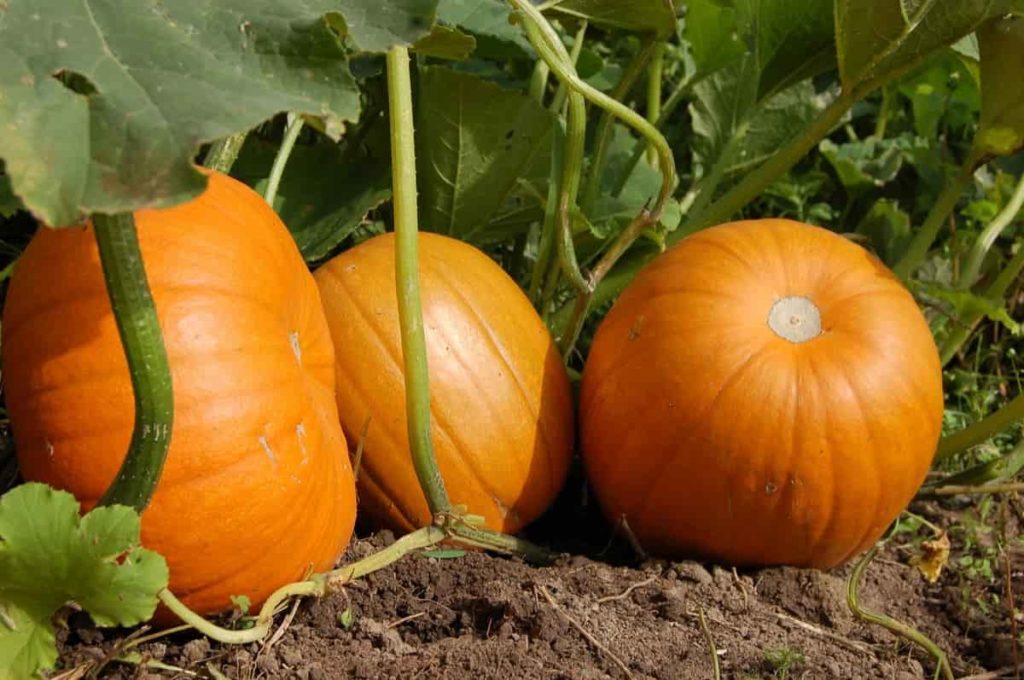
Summer is the perfect season to grow different varieties of vegetables. While some vegetables such as Broccoli, Spinach, and Cauliflower prefer cold spring and fall temperatures, others such as Tomatoes, Cucumbers, and Peppers need warm weather to thrive. For summer seeds to grow, the soil needs to be heated to a minimum temperature.
Each plant has its priority limit, but it usually varies between 19 to 24°C. Each plant has also been given priority as to how deep its seeds should be planted. The general rule of thumb is to mix soil depth with seed width, small seeds barely need to be covered while large seeds need to deepen in the ground. If the weather is dry, do not forget to water them from time to time. Let’s check out garden vegetable seeds for summer.
Garden vegetable seeds for summer
Bottle Gourd
Start sowing Bottle gourd seeds in the summer season. Seeds should be kept about 24 inches apart after growing, so plants have space to grow. For potting, choose 12 inches deep pot and strong trails. Add rope to support the young plant. Make sure the Bottle gourd is going to stabilize as the fruit can be heavy on the vines. The plant should get 8 hours of sunlight daily to thrive.
In case you miss this: Summer Gardening Ideas, Tips, Techniques in India
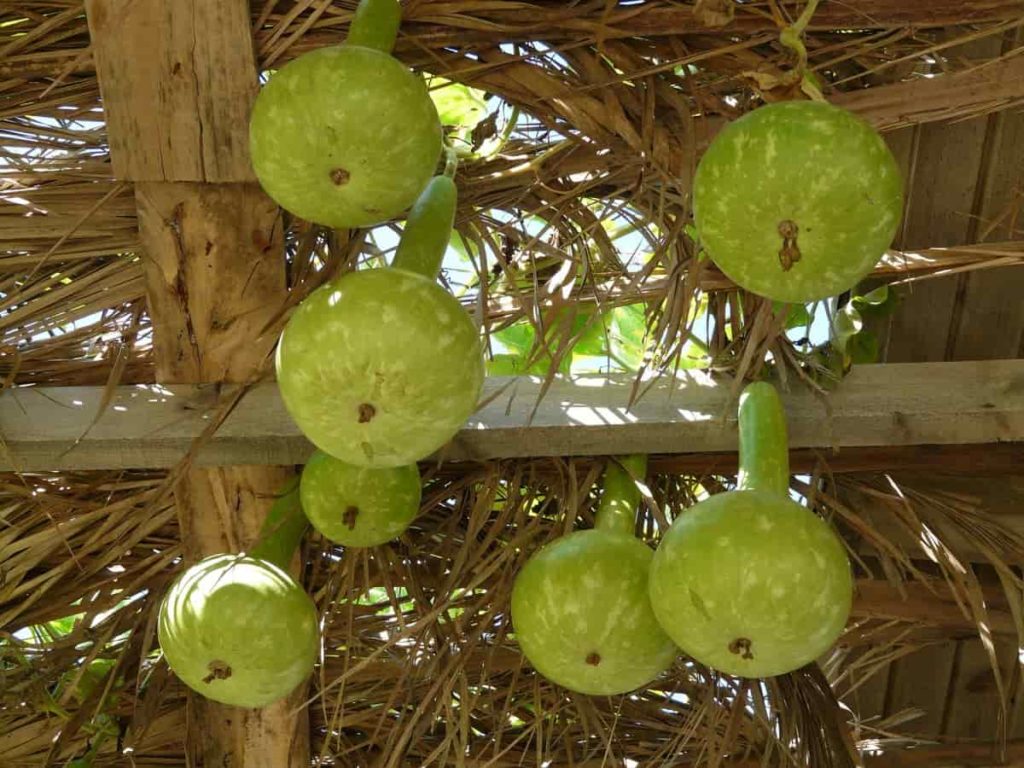
Pumpkin
Sow seeds of Pumpkin directly in the soil. Pumpkins are very sensitive to cold. Check the temperature is ideal for sowing. Plant seeds in rows that are the size of small pitcher mounds. With hills, the earth will warm up more quickly and the seeds will sprout faster. Prepare the hills in advance with old manure dug deep in the soil. Plant the seeds 1 inch deep too. Your plants should be ready in less than a week and sprout within 5 to 10 days. When plants are 2 to 3 inches long, there are 2 to 3 plants per hill by cutting down unwanted plants.
Summer Squash
Unlike Winter Squash, these summer-loving vegetables do not store well and are eaten fresh. Varieties include green and yellow Zucchini, Crookneck, Pattypan, and Zephyr. Select a sunny place with rich, well-draining soil. Plant in rows or hills and directly sow seeds when the soil temperature reaches 22°C. These Plants require 1 to 2 inches of water every week. Practice drip irrigation to decrease the risk of foliar disease.
Leafy salads
Sow Radicchio in June or July, and use thinning as baby salad leaves. Leave the remaining plants in their last distance in late autumn, the red color of the leaves develops after the nights have cooled.
Tomato
It’s hard to beat the taste of fresh homemade tomatoes. These favorite vegetables need a hot summer season for several months to produce a rich crop. Tomatoes are heavy feeders, rich soil and manure are needed to thrive. Choose a site that receives full sun and provides regular water and supplementary fertilizer for the highest production. Wait for the transplant outside until the temperature is at least 13°C at night. Plants will need a trellis, keeping, or stacking to support fruits.
In case you miss this: The Best Fertilizer for Tomatoes in Pots
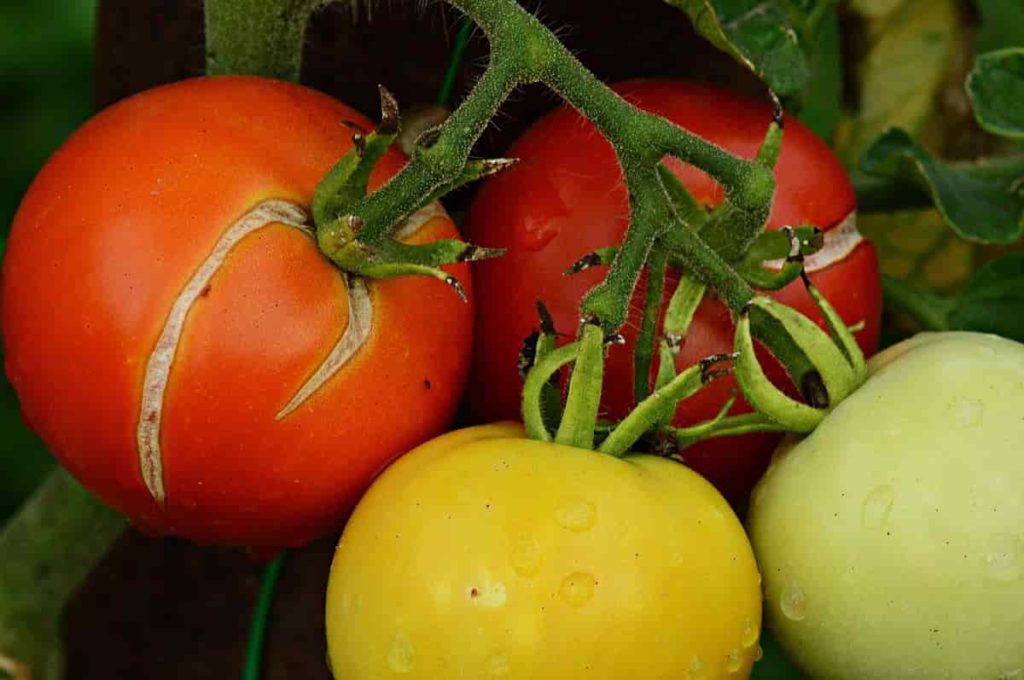
Okra
This easy-to-grow vegetable thrives in hot areas due to its extreme tolerance against heat and drought. Edible seed pods are grown in just 50 to 60 days. When the soil temperature reaches 19 to 25 °C, sow seeds directly outside in rich, well-drained soil. Although okra is drought-tolerant, it yields better when getting regular water. Harvest a few days after flowering when the pods are still small for the best texture and productivity.
Pepper
This versatile hot weather vegetable comes in hundreds of different varieties from light to screaming hot according to each taste. Due to the long growing time, plants will need to be started indoors or purchased with nursery starts. Wait for the night-time temperature to be planted outside until permanently 20°C or above. Peppers rich flourish in a sunny site with well-drained soil. Plants will need to be staked or kedging to prevent them from bending or breaking down by fruit weight.
In case you miss this: Garden Vegetable Seeds for Winter
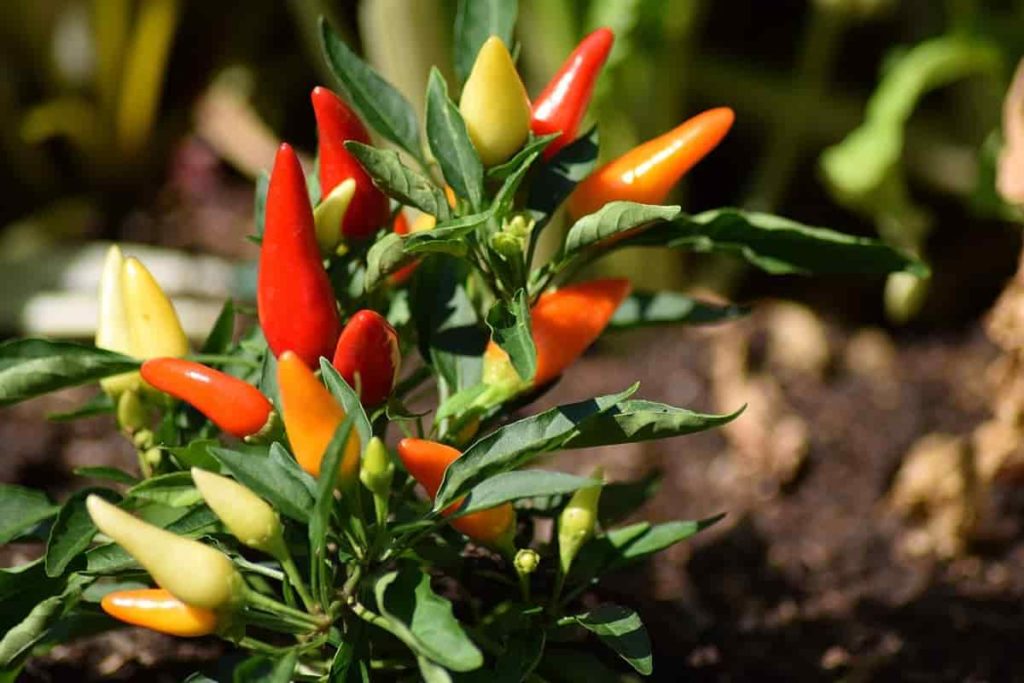
Melons
Sweet, ropey melon piece is one of the greatest pleasures of summer. Melons require a lot of heat, water, rich soil, and manure to produce ripe, juicy fruits. Choose a south-facing site that receives reflected heat and provides enough space for the vines to spread. Wait for the seed to be sown until the soil temperature is 19 to 22°C, or the nursery starts planting. Use heat boosting methods such as cloche or black plastic to heat the earth and accelerate plant growth.
Cucumber
For best results, wait for the sowing seeds until the soil heats up to 18 to 24°C. Train these winning plants on fences or trellis, or give them enough space to spread. Ensure that plants get enough regular water to prevent fruit from becoming bitter or wrong shape. Harvest frequently for encouragement.
In case you miss this: Tips For Growing Cucumbers, Ideas, And Secrets

Beans
Beans are one of the best sources of botanical protein. Beyond the ever-popular green beans, there are other varieties to grow, including Black, Pinto, Lima, and Fava Beans. Sow seeds directly when the soil temperature reaches 19°C and the air temperature reaches 20 to 30°C. Polar Beans can be harvested in the mid-summer to fall, while shrub varieties can be sown every two weeks during the summer for continuous harvest. Use space-saving trellis and containers to maximize the productive fruits.
Sweet Potato
This nutritious vegetable is a rich source of beta carotene, vitamin A, vitamin C, fiber, and trace minerals. Unlike regular potatoes, this tuberous vegetable is tropical, requiring months of heat to thrive. Once the soil temperature reaches at least 17°C, the plant tuber slips into a sunny spot, with rich, well-drained soil. Keep equally moist with 1 inch of water every week. Stop watering 2 to 3 weeks before harvesting when the leaves start to yellow.
In case you miss this: Sweet Potato Gardening – How To Start, Tips, and Ideas
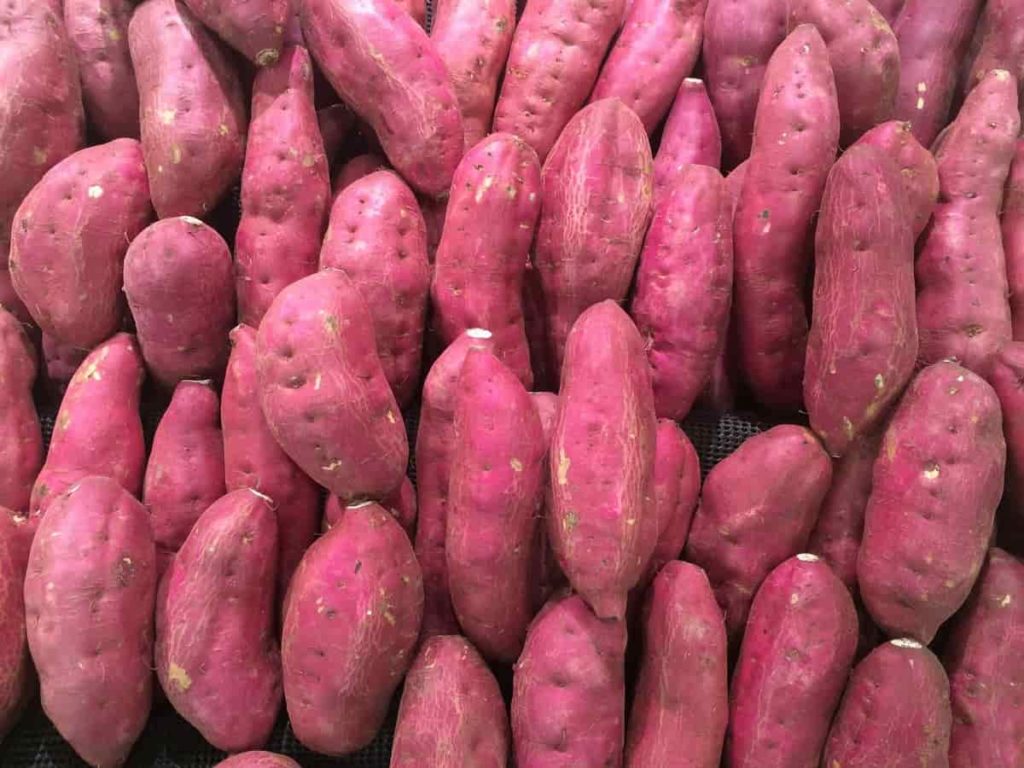
Amaranth
Amaranth is a real summer crop that requires warm soil and sunlight to perform well. Amaranth will simply adjust to most soil types, but it thrives in well-drained fertile soil. As soon as you get interested in birds and peck at plants, keep the soil moist and harvest. Plant Amaranth with eggplant, or plant with corn to help shade the soil and maintain water.
Tips for sowing vegetable seeds in summer
- Pick varieties that perform well in your particular area. Soak the seeds in water before sowing and check any floating seeds. Discard them, and keep the remaining seeds for 10 to 12 hours. Then strain the healthy seeds with water with the help of a sieve. Place the sieve in a large container and cover it with a plate so that the seeds remain moist. Leave it overnight for better germination.
- If you are growing Tomatoes in pots, grow undefined varieties of Tomatoes. For determinate Tomatoes, the ideal pot is 18 inches in diameter and for undefined Tomatoes, 24 inches in diameter is suitable in sized pots/containers. Okra has a deep tape route system, so find 20-liter containers for normal type and 15-liter containers for dwarf type.
- For other vegetables, choose containers that are at least 10 inches wide and 12 to 14 inches deep. You can also use small pots to grow vegetables, but in that case, you may get relatively low yields.
- If, your growing season is small, select varieties that mature faster. Select heat-tolerant types for hot climates. Spread 1 to 2 inches of manure or other organic matter around plants. This will help in preserving water, pressing weeds, and preserving the cool soil temperature.
- Drip irrigation helps in securing water and reduces disease due to overhead watering. Crops such as Green, Peas, Broccoli, Cauliflower, and beetroot benefit from partial shade during the hottest part of the day, especially in hot climates. Plant in a place that protects from the hot afternoon sun or uses shady clothing.
- Re-sow crops like bush Beans, Beetroot, and Lettuce every two weeks during summer for continuous harvest. Start falling crops from mid-summer to end. Harvest crops early or late in the day. Production will be crisper, fresh, and tastier than vegetables harvested during the day’s heat.
- How to Grow Tomatoes Organically at Home: A Comprehensive Guide
- Organic Gardening on a Budget: Low-Cost Methods and Materials
- Gongura Seed Germination and Planting Methods
- Cabbage Seed Germination and Selection
- Broccoli Seed Germination and Selection
- Asparagus Seed Germination and Variety Selection
- Seasonal Flower Gardening: Best Practices for Spring, Summer, Fall, and Winter
- How to Grow Hibiscus from Flower
- Plantation Ideas for Home Decoration: A Beginners Guide
- Flower Garden Designs and Layouts for Beginners
- Planting and Spacing Techniques in Papaya: A Beginner’s Guide
- Growing Gold: Essential Techniques for Planting Pineapples
- How to Make Kalanchoe Plant Bushy: Home Remedies and Solutions
- 11 Reasons Why Your Gardenia is Not Blooming: Home Remedies and Solutions
- Eco Elegance: The Guide to Designing a Drought-Tolerant Landscape
- Gardening on a Slope: Strategies for Hillside Landscaping
- Nourish and Flourish: Top Organic Mulches for Thriving House Plants
- Everything You Want to Know about Indian Mogra Flower: Discover Uses and Growing
- Green Thumb Success: Expert Tips for Cultivating Greenhouse Pumpkins All Year Round
- Maximize Growth & Flavor: The Ultimate Guide to Companion Planting in Herb Gardens
- How to Control Rhododendron Problems Naturally: Home Remedies and Organic Ways to Fix Them
- Natural Magic: The Remarkable Benefits of Cinnamon for Plants
- Best Steps to Revive Dying Tulip with Natural and Organic Treatment
- 10 Reasons Why Your Angel Trumpet is Not Blooming: Remedies and Treatment
- How to Fix Periwinkle Leaf and Flower-Related Problems: Natural Remedies and Solutions
- How to Fix Zinnias Leaf and Flower Problems: Discover Natural and Home Remedies
- Organic Steps to Induce Lemon Tree Flowers: A Comprehensive Guide
- Bloom Booster: Crafting the Perfect Homemade Bougainvillea Fertilizer
- Optimizing Growth: A Guide to Applying NPK Fertilizer for Potted Plants
- 10 Best Homemade Fertilizers for Rubber Plant: DIY Recipes and Application Method
- How to Boost Female Pumpkin Flowers: Effective Steps for More Flowers and High Yields
- Transform Your Indoor Garden: Top Benefits of Pink Salt for Houseplants
- 10 Best Homemade Fertilizers for Peacock Plants (Calathea): Easy DIY Guide
- Unlock Blooms: 9 Reasons Why Your Potted Chrysanthemum is Not Blooming
- 8 Reasons Why Your Potted Hibiscus is Not Blooming: Fix it with Simple Solutions
- Unlock Blooms: 9 Key Reasons Your Potted Frangipani Won’t Flower